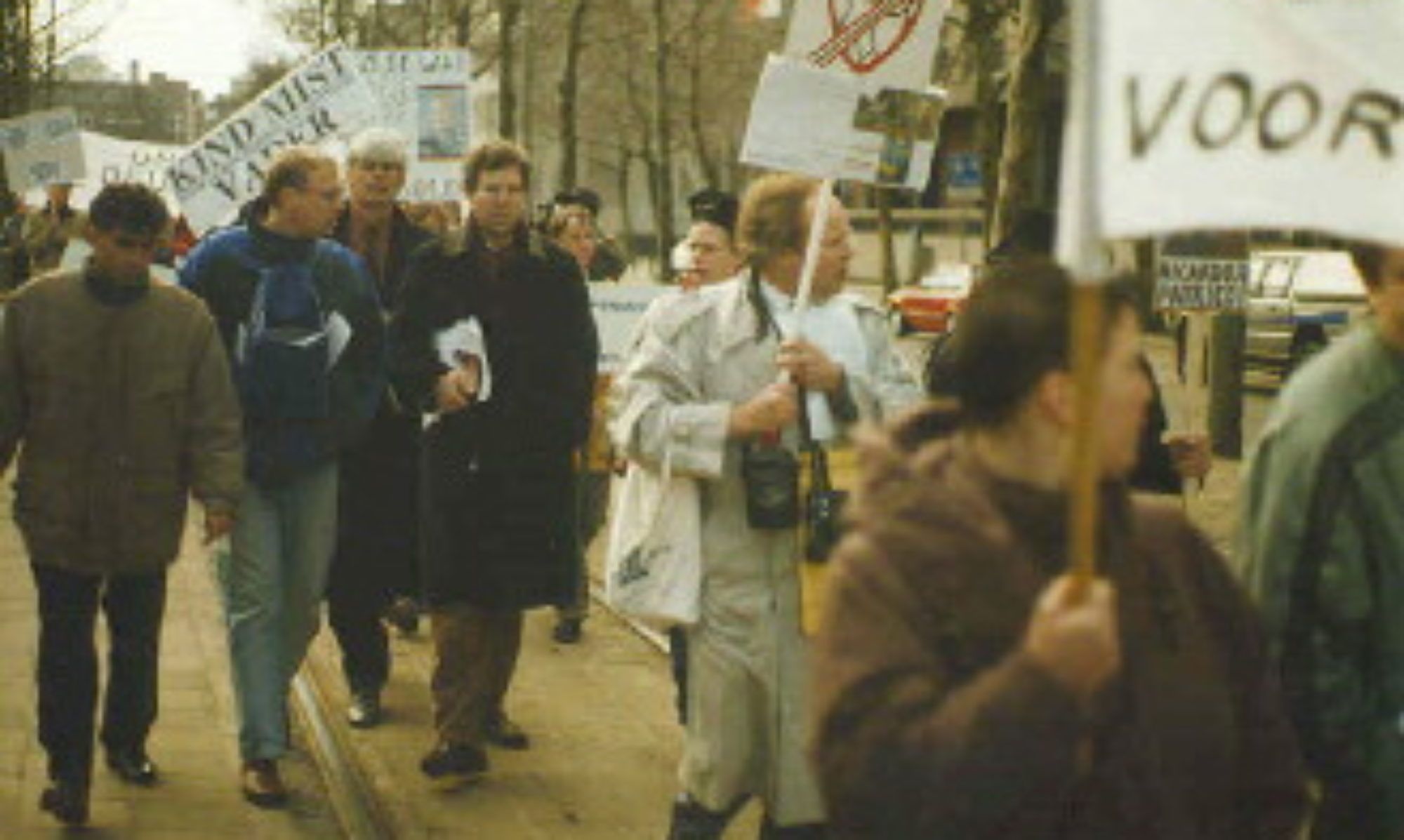(hoort bij blog: https://blog.joepzander.nl/2021/03/18/douwelerkolk-gekortwiekt/)
In recent years a municipality of the Netherlands, namely Deventer decided to cut down many trees. According to the municipality, this was needed to catch up with the deferred maintenance of forests. A significant part was considered to have a high chance of dying and falling over, risking lives in relatively busy parks and forests. Habitants of Deventer had a special bond with these trees and were feeling melancholy after the trees were cut down. As Deventer is my hometown, this included me and especially my father, who told me about the naked forests with great concern. This sadness also led to a petition against cutting down, signed almost a thousand times. In this essay, I will review the decision of the municipality to cut down these trees by considering the rational choice theory. And as a conclusion, I will compare that with what would be my decision.

On the one hand, a municipality has strict regulations about the risk of falling trees that have to be followed. These regulations are especially strict within the borders of a city. Saving lives and preventing injuries seems a more than sufficient incentive to cut down some trees. But this was not the case in the past, as the municipality admitted that maintenance was overdue. Next to that, a more ecological argument, stated that thinning was needed in order to give nature some space. In the longer run, these nature areas would benefit from the regeneration of trees.
On the other hand, people give value to nature and the trees present important aesthetic value. For me personally, the trees symbolize many important memories, in which I could play freely as a child and grew up in. A walk through these places, would not recall the same beautiful memories if the forest looks naked and empty. Moreover, the municipality executed a rule that stated that a specific group of trees can be cut down if more than forty per cent is considered unhealthy. This rule has economic value, as it will undoubtedly save time, however, it also means that healthy trees may be felled needlessly.
In conclusion, the municipality chooses to follow regulations and economic values over aesthetic values. In my opinion, the 40%-rule and the deferred maintenance show that a more gentle approach would fit this case better. Indeed over the years, trees have to be cut down to keep these forests save and to ensure trees can regenerate in these forests. However, that does not mean all trees should all be felled at once. A gentle approach would provide inhabitants with a smooth transition. The timber will be sent to local sawmills and used for local projects giving back to the locals. As my father just used a wooden plank from a local sawmill to repair his old kitchen, I believe that some of his and my memories are stored in his house.
Joshua Zander
(foto Joep Zander)

